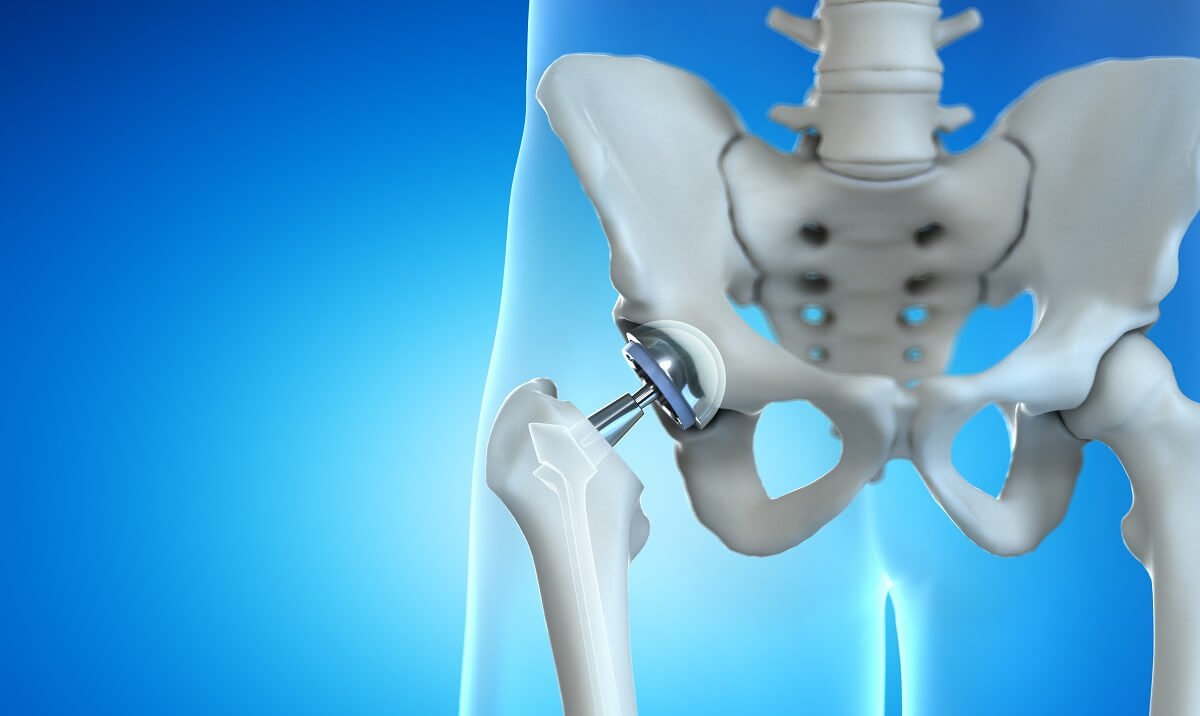
A hip replacement, or hip arthroplasty, is surgery that replaces a diseased or injured hip joint by with an artificial joint or implant. People usually receive hip replacements when arthritis causes severe hip pain and inflammation. Hip fracture and natural wear-and-tear are also common reasons for hip replacements surgery.
Hip replacements help millions of people regain mobility and find relief from joint pain, but hip replacement surgery is accompanied by some risk and requires months of recovery.
Prospective patients should know that implants don’t last forever, and some hip implants have a better safety record than others. They should take steps to be sure a hip replacement is right for them and that the device they’re receiving has a history of success.
An artificial hip has three basic components: a stem that is inserted into the femur, a ball that attaches to the top of the femur, and a cup that attaches to a socket in the pelvis. The ball, also called a femoral head component, replaces the head of the femur. The cup, also called the acetabular component, is implanted into the pelvis.
The most likely candidates for hip replacement include people who experience pain that disrupts regular activities. In addition to people with osteoarthritis or hip injuries, people with rheumatoid arthritis, osteonecrosis or bone tumors may need hip replacements to relieve pain. People also receive hip replacements to increase mobility and improve overall quality of life.
Doctors will also consider the risk for each individual patient. Age, weight and medical conditions such as diabetes can affect a patient’s risk for complications following hip replacement People ages 50 to 80 have historically been the most common candidates for hip replacements. However, young teenagers with juvenile arthritis and people over the age of 80 have successfully undergone hip replacements.
Many people experience pain relief and improvements in daily living after receiving a hip replacement, but the devices are not miracle cures. Hip replacement surgery has a number of risks, and the implants wear out over time. To avoid complications, people who receive implants should not jog, run or participate in high-impact sports. They may be able to swim, bike or perform other low-impact activities.
Arthritis doctor in vadodara, arthritis doctor in baroda, arthritis treatment in vadodara, arthritis treatment in baroda
We are arthritis doctor in vadodara, arthritis doctor in baroda, arthritis treatment in vadodara, arthritis treatment in Baroda.
Device manufacturers design hip implants to mimic the natural movement of the body. The primary differences between implants are their size and the material of the components.
Hip implant components are made of polyethylene (plastic), metal, ceramic or a combination of the materials
Most people who have hip replacement surgery do not experience major complications.